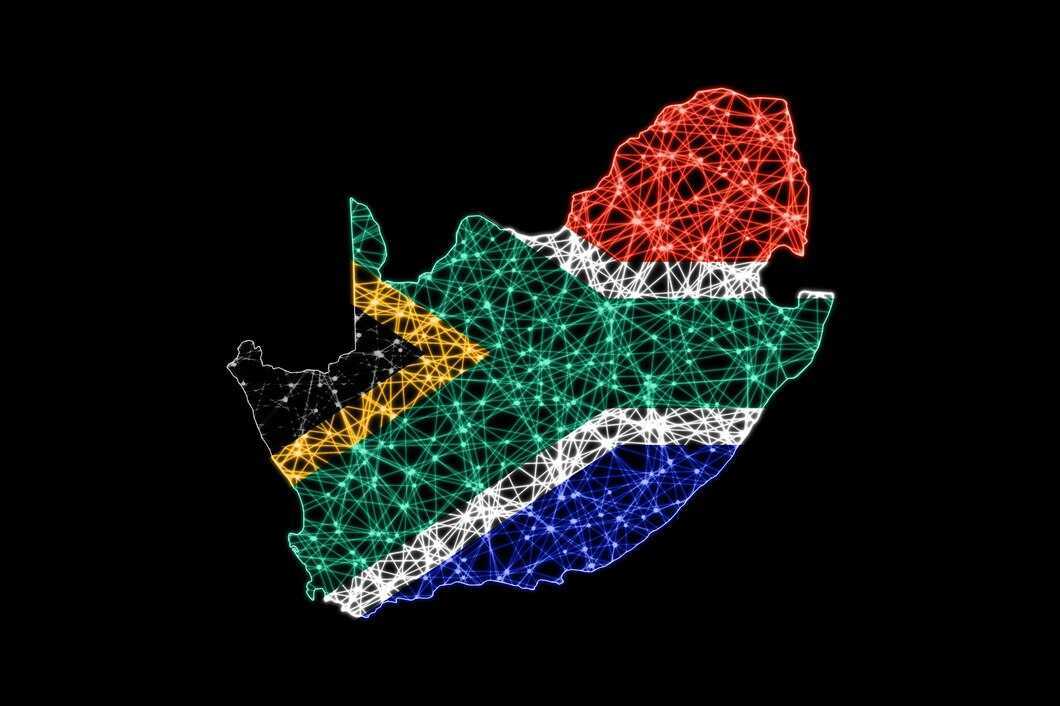A Potential $13B Blackouts Loss in South Africa and How Tech May Solve it

The South African central bank estimated that $51 million is lost every day due to load shedding. With the country responsible for 12% of economic activity on the continent and accounting for 30% of electricity demand in Africa, which produces 229 gigawatt hours of power annually, it is really a paradox that South Africa still suffers from power issues.
Eventually, the cost of South Africa’s power problems had devastating effects on other sectors in the country. According to researchers in South Africa, the effects of the country’s continuing power cuts are creating fear for the impact the electricity crisis is having on their research output.
The country’s power crisis started 15 years ago, but this year kicked off with South Africans suffering through the most devastating incidences of load shedding—power blackouts of six to 12 hours a day—that have led to the loss of millions of dollars in business revenue across all sectors. This has raised the chances of a recession in South Africa to 45% in 2023.
South Africa’s power crisis is due to aging infrastructure, poor management by state-owned power utility Eskom, poor investment in the power sector, and limited energy sources. Energy is perhaps the most efficient and effective solution to the country’s power issues, and maybe it is time for the government to let the experts handle its power issues to avert a $13 billion loss.
A Blockchain Solution?
Using blockchain technology, this new project may contribute to the expansion of rooftop solar PV for public institutions, including hospitals, schools, and clinics. In order to move the idea forward, Cape Town startup Momint announced the SunCash initiative in January 2023. The project is based on blockchain technology, a digital ledger that records transactional information and promotes transparency and security because it is more difficult to tamper with. Non-fungible tokens (NFTs), which are held on a blockchain network and stand in for distinctive digital assets like works of art, media, or digital content, can be purchased by investors.
By using a typical power purchase agreement, which permits the purchase of solar power, investors are able to lease the solar cells they bought through SunCash to the chosen institution. A yearly return of about 12% is anticipated for people who purchase solar cells through SunCash. SunCash distributes this reward on a quarterly basis in South African rand.
Ahren Posthumus, CEO of Momint, stated that the project’s objective is to hasten the adoption of solar energy nationwide and provide South Africans the opportunity to become their own energy producers. Although a blockchain solution to the nation’s power crisis may not have been anticipated, it undoubtedly does promote transparency in the industry.
“We take legal contracts that represent ownership of each individual cell, and we put those legal contracts into a file that’s typically referred to as ‘the token’ on the blockchain.” It’s called a smart contract. That smart contract says, “Whoever owns this token has the right to the underlying asset, and they have the right to the revenues that the underlying asset generates.”
Public-Private Energy Investment
The Renewable Energy Independent Power Producers Procurement Program, which will purchase 1600 MW of wind and 1000 MW of solar capacity from Independent Power Producers, recently announced the opening of a new bid window. The announcement was made by the Minister of Mineral Resources and Energy, Gwede Mantashe. The program is consistent with the government’s pledge to move toward a low-carbon economy and guarantee the security of the energy supply.
The program creates a system whereby private developers can compete for the right to erect brand-new power plants and sell their electricity to Eskom. In March, eight winning bidders were revealed.
Dr. Rebecca Maserumule, the chief director of hydrogen and energy at the Department of Science and Innovation, said the department was “unapologetically supporting a varied sustainable energy mix” at a webinar on alternative energy sources held this week by the GCIS and National Press Club.
The developing countries, especially those with rapidly expanding populations and economies, are predicted to have the fastest increases in electricity demand. Privatization is one way for developing countries to get much-needed investment. Energy assets in South Africa provide prospects for investors to earn potentially higher returns and, in many cases, bigger growth opportunities than are currently available.
